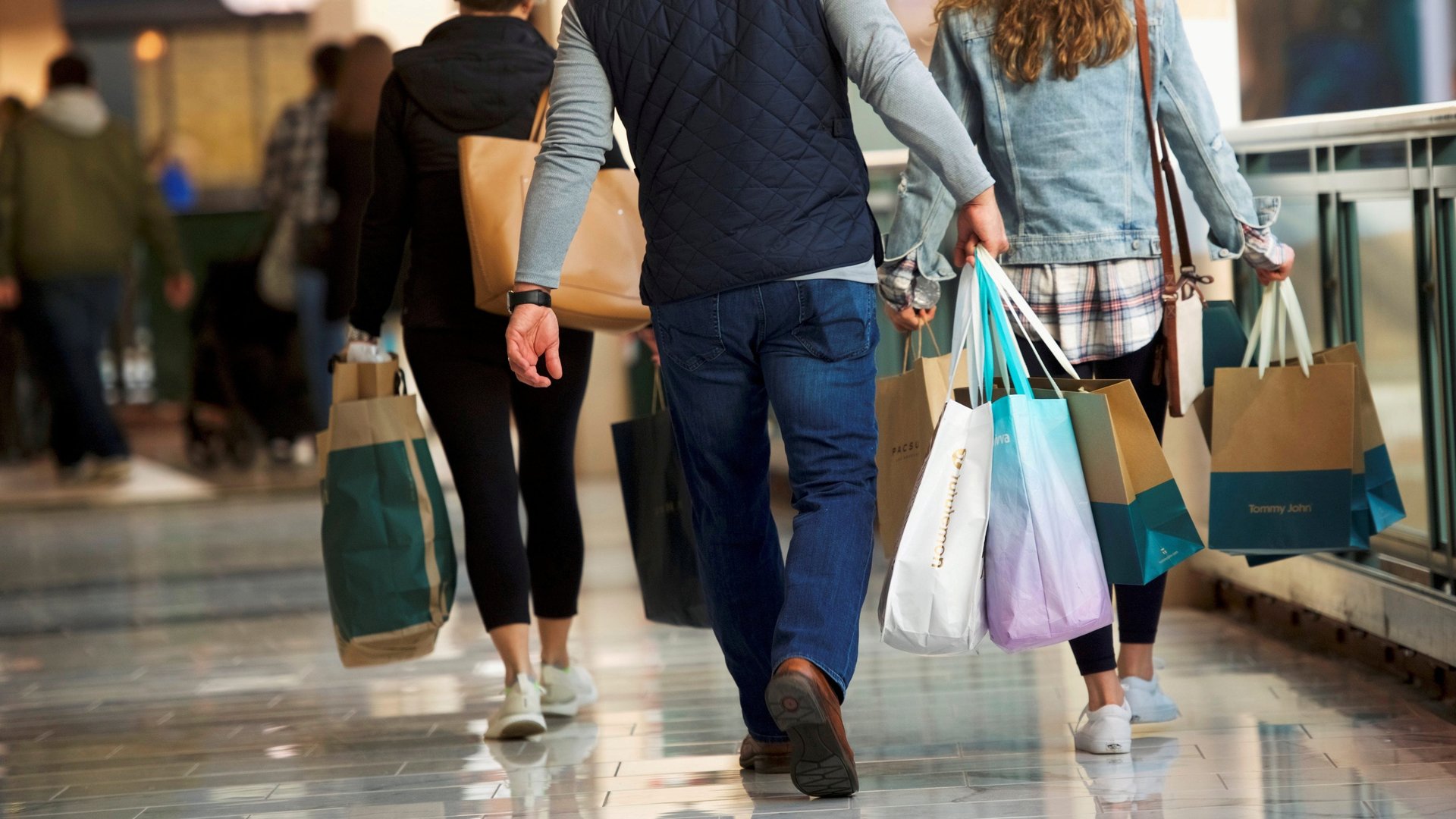US clothing sales are setting new records, but can it last?
Sales at US clothing and accessory stores are doing better than just recovering from the pandemic. They’re reaching new highs.


Sales at US clothing and accessory stores are doing better than just recovering from the pandemic. They’re reaching new highs.
The industry’s sales rose this June over the previous month and were 47% higher compared to the same time last year, according to new data from the US Census Bureau (pdf). That’s when Covid-19 was still hampering fashion sales around the country, so sales would be expected to show a substantial rise. But sales have grown well above their pre-pandemic levels, rising 15.5% over the same period in June 2019.
The question now is whether they can stay there.
Retailers in the US have benefitted from a number of factors, but many of those may only provide a one-time boost. Shoppers are eager to unleash their pent-up demand as stores reopen, for instance, and they’re doing it with more cash in their pockets thanks to the stimulus checks issued to Americans by the US government. In recent months, these factors have fueled a consumer spending spree across retail, fashion included.
“You can see pretty clearly the boost to clothing sales from the $1,400 checks in March along with the reopening of physical retail stores,” Andrew Hunter, senior US economist at research company Capital Economics said in an email. “There is probably room for some further above-trend spending as consumers make up for last year, but as those one-time boosts fade I would expect clothing sales to probably fall back a bit.”
The second half of the year could look quite different as a result. In a report last month, FTI Consulting, a business advisory firm, predicted the jump in retail sales “won’t likely continue over the balance of the year.” The federal stimulus payments juiced sales beyond a sustainable growth rate, it said, and that growth won’t be repeated after the effects fade.
Don’t count US fashion sales out just yet
But there are reasons to think sales at clothing stores could continue their strength. Companies such as Levi’s report customers are still looking to update their wardrobes, whether it’s to ditch their skinny jeans for wide-leg styles or because they have a new waist size post-pandemic—something Kristen Classi-Zummo, industry analyst for fashion at NPD Group, a market research firm, also pointed to as contributing to ongoing sales.
There are also shopping events still to come. “There will be ebbs and flows throughout the rest of the year, but we expect a seismic September as kids head back to school,” Classi-Zummo said in an email. “The majority of the office workforce will also know their more permanent work schedules by the end of the summer and into early fall, so we also expect a workplace wardrobe refresh with some people looking for more casual workplace attire.”
Natalie Kotlyar, leader of the retail practice at BDO, a financial advisor, expects a good remainder of the year for clothing sales. “It’s more than pent-up demand: Return to work, school, travel and social events has consumers willing and ready to open their wallets,” she said in an email. “This enthusiasm will likely continue.”
One factor to watch is inflation, which could hurt sales if prices rise too high. On the other hand, the logistics issues hitting companies mean they’re unlikely to have excess supply, suggesting they’ll offer fewer markdowns, which could help their margins.